
Part II of V: Why Geopolitics is Integral to Cyber Threat Intelligence
In this second blog post in our series on Geopolitics in Cyber Threat Intelligence, we will explain what is meant
Explore our comprehensive archive organized by taxonomy. Discover a wealth of information categorized by subject, theme, or type to enhance your research and understanding.

In this second blog post in our series on Geopolitics in Cyber Threat Intelligence, we will explain what is meant
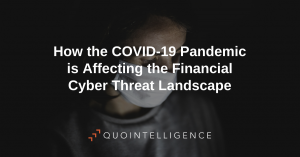
The cyber-threat landscape increased significantly this year due to the COVID-19 pandemic caused by accelerated digitization and the sudden shift
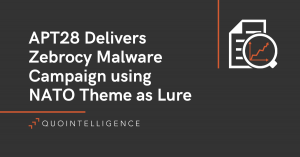
Our declassified threat intelligence analysis on a APT28 spear phishing campaign delivering Zebrocy malware to target at least a government
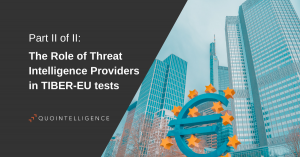
In this blog, we explain how TIBER-EU tests are conducted and describe the role of the Threat Intelligence Provider in
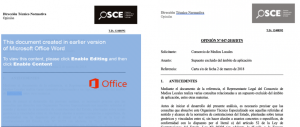
You can find here the latest threat intelligence updates on the new BlackWater Malware campaign using the Beirut tragedy to
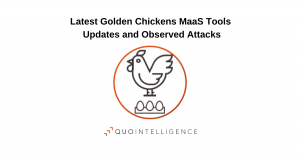
Learn more about the Golden Chickens Malware-as-a-Service tool updates observed in recent malware campaigns against the financial, retail, and chemical

This post is the first part of a two-part blog series in which we will explain the TIBER-EU framework and
This post is the first in a series of five short blogposts, in which we will explain why geopolitics is
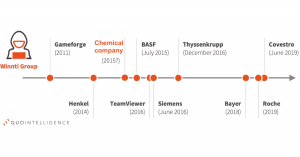
Newly uncovered DNS tunnelling technique, and new campaign against South Korean gaming company Executive Summary In January 2020, QuoIntelligence (QuoINT)
We outlined some recommended measures for CIOs and CISOs to help address the potential cyber security impact of the increase
Try searching our blog

Third Shai-Hulud Wave Emerged on 28 December, New NPM Package Vulnerable | Escalation In US – Venezuela Tensions: US Reportedly Strikes Drug Boat Loading Facility Inside Venezuela

Malicious Chrome Extensions Found Intercepting Traffic And Exfiltrating Credentials From Developers And Trade Personnel | Ukraine Strikes Russian Shadow Fleet Tanker In Mediterranean For the Fist Time

Browser Native ClickFix Alternative Known as ConsentFix Hijacks OAuth Grants for Account Takeover | Italy Tightens Public Sector Ban on Russian-Linked Cybersecurity Products

Multiple Chinese State Sponsored Groups Rapidly Exploit React2Shell Vulnerability Worldwide | New US National Security Strategy Targets Europe and Spares Russia